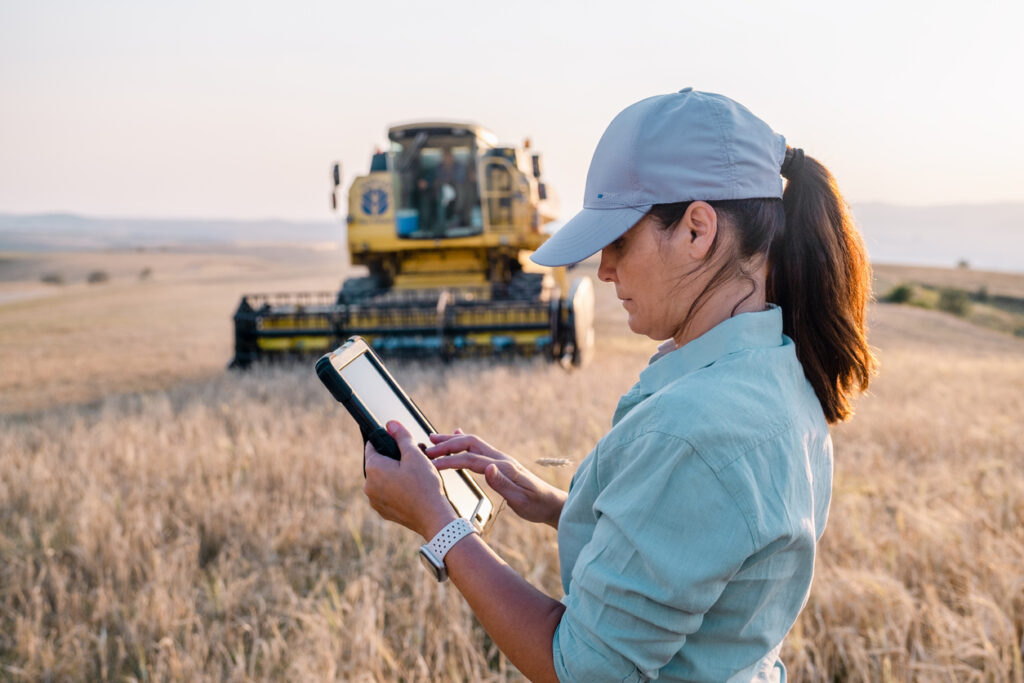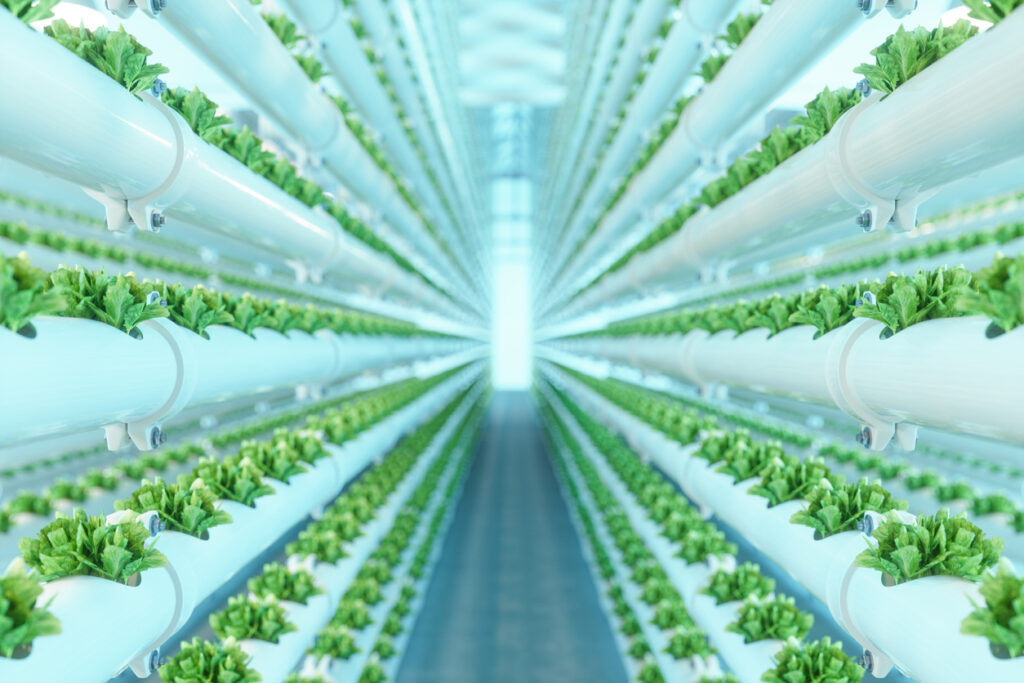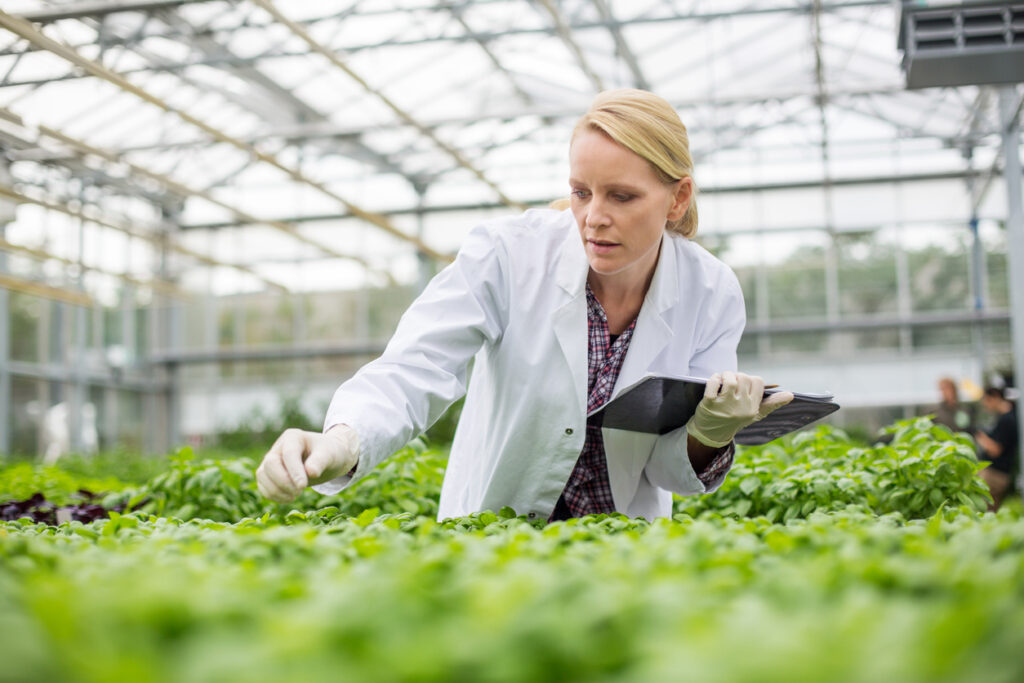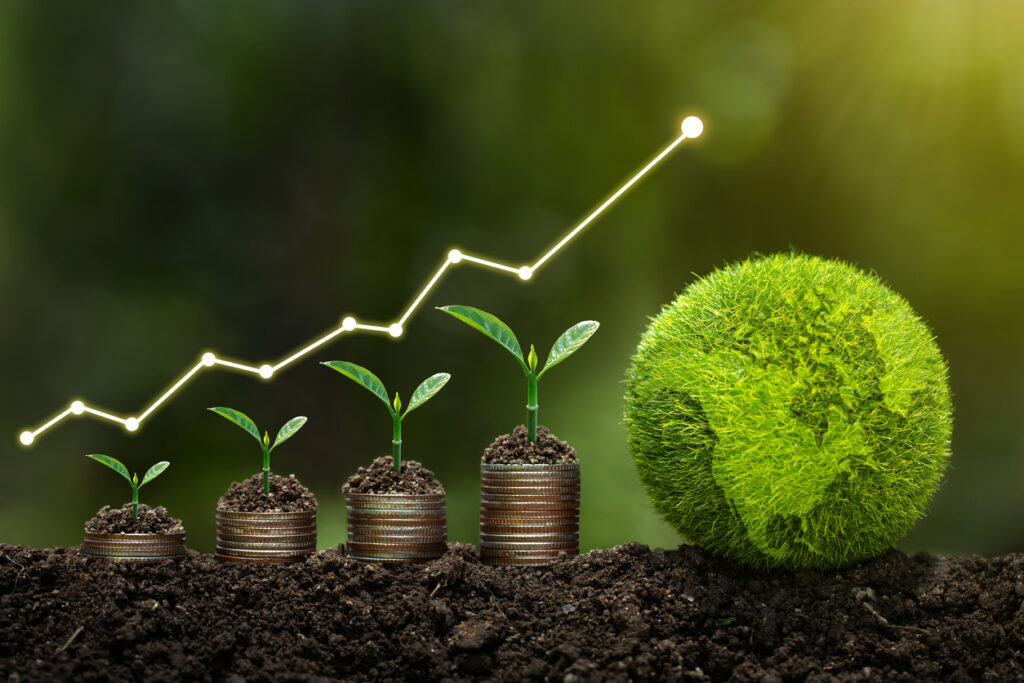As the worldwide population grows, it becomes more difficult to feed the world. The global population is expected to increase by 2.2 billion by 2050, meaning the world’s farmers would have to produce around 70% more food than what is currently produced. That’s an unsettling increase, which has sparked innovative responses from the farming industry.
Revolutionary technologies are being developed and put to use to help shape the future of the agricultural industry in order to meet growing food demands. Check out five of the best emerging technologies in the agricultural industry below:
1. Precision Agriculture

Precision Agriculture (PA) or Precision Farming, refers to the management of agricultural processes by observing, measuring and responding to inter- and intra-field variability in crops. PA technologies are constantly being adopted in agricultural settings across the world. In fact, according to a report by MarketsandMarkets, the PA market is expected to grow from 8.5 million US dollars in 2022, to 15.6 million US dollars by 2030, with a compound annual growth rate (CAGR) of 7.9%.
PA systems allow farmers to gain access to real-time data about the conditions of their crops, soil, and surrounding environmental conditions. The data is collected using sensors which are placed on crop fields to assess the soil temperature and moisture levels. Carlo Gavazzi has a wide selection of environmental sensors available for measuring CO2, relative humidity (RH), temperature, and air velocity. One example is capacitive sensors for recording solid or liquid materials.
Other devices such as satellites and drones (such as the Crazyflie development platform from Seeed Studio) can also provide useful images of the crops. Once data is collected, predictive analytics software can be used to assess the data and feed back to the farmer about any areas which need attention to avoid wasting resources.
For example, farmers will receive guidance about crop rotation, optimal planting times, harvesting times and soil management, through an app which can be used on a smart device. Precision farming provides valuable insights to help reduce costs, ensure optimal health of crops and reduce the impact on the environment.
2. Vertical Farming

One of the biggest challenges facing food production is adverse weather conditions. However, with vertical farming, crops are grown in controlled environments, allowing for a consistent and reliable year-round crop production. Vertical farming refers to the use of automation systems, software, robotics and data science to grow crops in vertically stacked layers with optimal growing conditions, using LED lighting and hydroponics. Vertical farming provides a more efficient and sustainable way to grow crops in urban areas, and also allows more crops to be grown in less space. Take a look below at the advantages and disadvantages of vertical farming:
Advantages of vertical farming
- Grow crops all year-round – as crops are in a controlled environment in a vertical farm, there is no risk of adverse weather conditions, causing quality of crops to drop. Growers won’t suffer from losses of income due to factors out of their control.
- Grow more in less space – traditional farms require fertile arable land. As vertical farming relies on expanding upwards, it’s possible to achieve higher productivity on a smaller land area.
- Use less water – the hydroponic growing process only uses around 10% of the water of traditional farming methods, and it can be reused too.
- Eliminate the need for pesticides – pesticides can contaminate soil, turf and vegetation. With a controlled environment, pests can’t enter and thus eliminates the need for pesticides.
- Reduce transport costs – last-mile delivery is usually the most expensive part of the supply chain. Crops are usually transported across oceans and continents. Vertical farming can be done more or less anywhere, and the location can be closer to the customers, reducing transport costs and carbon dioxide emissions.
- Lower labour costs – as a lot of the process involved in vertical farming is automated, meaning overall overheads for staff doesn’t need to be as high.
Disadvantages of vertical farming
- High initial costs – the plant, LED lights, software, and sophisticated growing systems are expensive, especially when compared to sun and rain – which are free.
- Uses a lot of energy – as vertical farming is indoors, LED lights must provide all of the light all of the time. Some plants also still use fossil fuels, which isn’t the most sustainable solution.
- Requires sophisticated skills – not to mention the initial setup will need an expert in technological systems, the high tech involved in each step of the process will need highly trained individuals.
- Pollination is hindered – poor pollination often results in poor fruit sets. Bees, birds and wind are natural pollinators which can’t be replaced by man-made methods.
- Highly tech dependent – a vertical farm relies heavily on technology for the correct lighting, watering temperature and humidity. If one of these fails it can have a detrimental impact.
3. Agricultural Robots

Robotics and automation processes are transforming the agricultural sector by increasing productivity and efficiency. The uptake of robotics is set to grow over the next few years too. According to MarketsandMarkets, the agricultural robots market is set to grow by over double the size from 2022 to 2026, from 5.9 billion US dollars to 11.9 billion US dollars. Driverless tractors are expected to be the fastest growing in the sector, with a CAGR of 29.7%.
Agricultural robots are increasingly being used in the agricultural sector to combat issues like labour shortages, increasing costs and increased demand for food. Robots can be used for monotonous tasks such as picking and packing or planting seeds but as technology develops we are seeing robots being deployed for much more complex tasks such as crop monitoring and measuring PH levels in the soil. Examples of the type of work that agricultural robots are currently being used for include:
- Harvesting
- Weed control
- Mowing
- Seeding
- Spraying
- Sorting and packaging
- Livestock monitoring
- Irrigation
- Crop health monitoring
- Phenotyping
For a complete guide about robotics and automation, including a section about how they are used in agriculture, check out the second edition of our guide.
4. Genome Editing and Biotechnology

Genome editing, which allows plant breeders to make very specific changes to DNA, can improve a wide range of crops. For example, farmers can genetically engineer a plant to make it more resistant to pests or diseases and more resilient in drought conditions. Advances in gene editing technologies like CRISPR-Cas9 are opening up new possibilities for crop improvement. Biotechnology also supports the development of genetically modified organisms (GMOs), which offer benefits too such as enhanced nutritional value. The most planted biotech crops are soybean, maize and cotton. This article by the US Food and Drug Administration, states that in 2020, GMO soybeans, GMO cotton and GMO corn accounted for over 90% of all production of each product.
5. Circular Agriculture

With the expected growth of the global population in the coming decades, it can be easy to forget about sustainable practices to meet growing demand for food. However, sustainable development is key to a healthy future. Circular agriculture is expected to grow in popularity over the next few years. It focuses on minimal external inputs, closing nutrient loops and regenerating soil. If practised on a wide scale, circular agriculture can reduce resource requirements and lower greenhouse gas emissions. In circular agriculture, all processes are focused on sustainable development, from growing and harvesting to transporting and consuming.
Types of circular agriculture
- Mixed farming – growing crops which are interdependent, rather than growing in isolation, where the cultivation of one presents favourable conditions for the other on the same land. For example, using land to combine crop growing and animal husbandry can deepen circular agriculture by using locally produced feed or manure instead of imported fertilisers.
- Agroforestry – this refers to growing trees and other plants alongside crops. Planting trees in agricultural landscapes can enhance soil fertility and restore biodiversity. It also reduces the reliance on chemicals and fertilisers.
- Organic agriculture – reduces the use of synthetic fertilisers and pesticides and are replaced by site-specific management practices to prevent pests and diseases and long-term health of crops.










